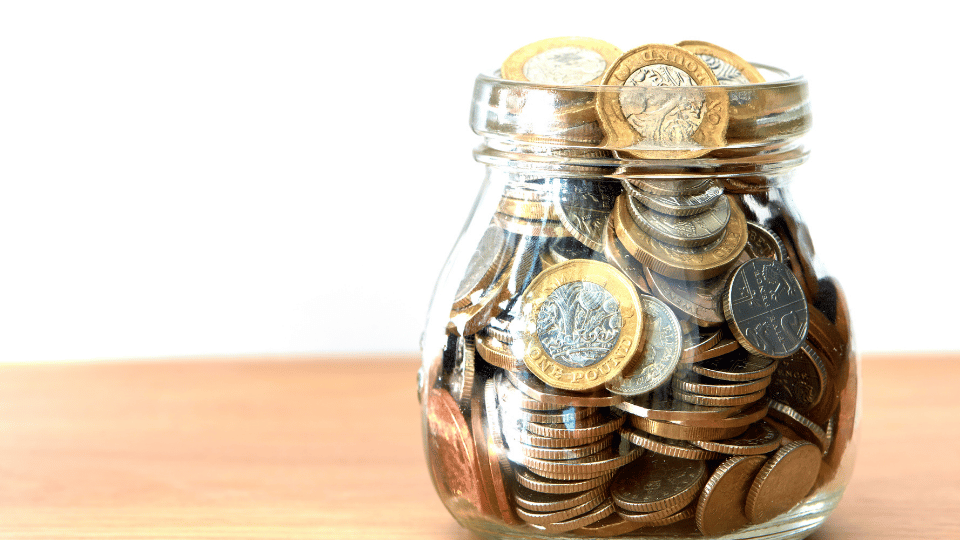North Sea gas has helped to power Britain’s homes, heat our water, and keep our lights on for decades. But did you know that those days are now numbered?
North Sea gas production is in steep decline. Gas fields are drying up, the UK is becoming more and more dependent on costly imports and homeowners are bearing the brunt of rising energy bills.
With UK gas supplies running out and no signs of fossil fuel prices slowing down, the future of Britain’s energy supplies is uncertain. But, what is certain…is that it’s going to get more expensive!
The Decline of North Sea Gas: What’s Really Happening?
The North Sea previously provided a steady and secure supply of natural gas, but most of this has now been used.
Production was at its highest in the early 2000s, but now, many major gas fields are either exhausted or too costly to operate. According to official data, UK gas production could struggle to provide the supply needed to heat our homes as early as 2027! It’s estimated that within two years, we will need to rely on expensive exports for the majority of our gas supplies!
Today, the UK already imports over half of its gas. Much of this is liquefied natural gas (LNG), which is shipped in from across the world, often at much higher environmental and financial costs. At the same time, investments in new gas fields are slowing down due to climate goals, public pressure, and economic realities.
To combat this, the North Sea is now transitioning from a fossil fuel hub into a centre for offshore wind and carbon capture. This means it’s vital that our household energy systems evolve with it.
Why Does this Matter to Homeowners?
When gas production shrinks and global demand grows, prices go up. This means:
- Higher energy bills, especially during winter.
- Less control over where your energy comes from.
- More exposure to global politics and market fluctuations, like those seen in the 2022 energy crisis.
Although this a great concern to most householders, it’s not the only problem.
If we keep using fossil fuels in our homes, we will produce more carbon emissions. This all contributes to global climate change and local air pollution.
The longer we depend on gas, the more vulnerable we become, both financially and environmentally!
Power Your Home with Renewables!
The big move away from gas isn’t only happening far out at sea. It’s already happening on land; on rooftops, in lofts, and in back gardens across the UK.
You could join the renewable energy transition by installing the following pieces of renewable energy equipment in your home.
- Solar panels allow households to generate their own electricity. This helps lower energy bills and provides an opportunity to sell extra power back to the grid.
- Heat pumps are an energy efficient alternative to gas boilers; providing a clean, green method of heating.
- Battery storage provides a way to save energy generated during the day, so it can be used during the night time or at any other time extra power is needed.
- Smart thermostats allow households to control their energy usage even when they’re not at home. They can also control the temperatures of individual rooms, this is particularly useful during the night time.
- Insulation keeps heat inside and prevents it from escaping through wall, roofs and floor spaces.
Did you know that you may qualify for a government grant that could provide all of the above energy efficiency measures for free?
Government incentives such as Eco4 and The Great British Insulation Scheme allows households with low EPC ratings of E, F, and G to upgrade their homes at no extra expense to them.
How to Start Your Home Energy Transition with Energy Advice Helpline
Making the switch might seem overwhelming, but here’s where Energy Advice Helpline can make it easier.
- We can see if you qualify for government support. Many households are unaware that they are eligible for government help to make their home more energy efficient. We can do all the necessary checks , so you don’t have to.
- We will book a home energy assessment. One of our professional energy assessors will visit your home to evaluate where it’s losing energy and recommend which kind of energy efficiency equipment is suitable.
- We will arrange the installation. Once you are happy with your recommendations, we will arrange a convenient day and time for your installation to take place.
- We will make sure you are happy with the work with our excellent after care service.
If you don’t qualify for a government grant, did you know that there are still ways to install affordable solar energy in your home? Click the button below for more information.
The Future is Renewable — and it Starts at Home!
North Sea gas won’t last forever, but with renewable energy; we no longer need it to.
As our fossil fuel infrastructure winds down, the smartest move we can all take is to invest in clean, local energy. Especially the home grown kind. This gives homeowners ultimate control, saves them money…and the planet.



